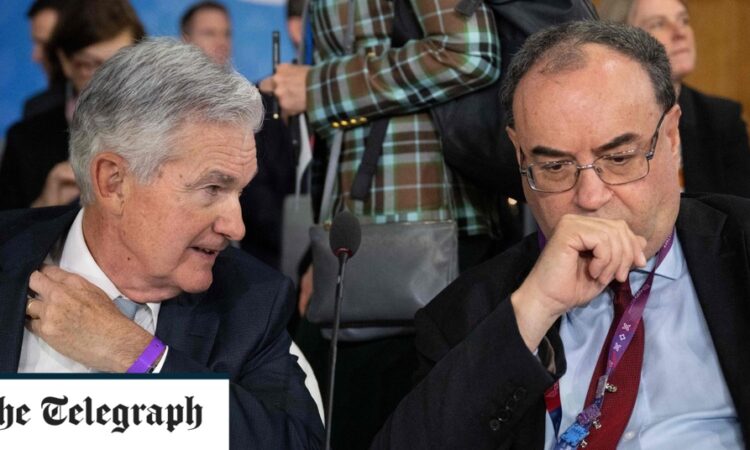
Yet the growth of money and credit is now turning negative month on month, with year on year growth down to zero.This account of events applies, with some differences in the percentages, across most developed economies, including the US, the EU and the UK. What policy conclusions should we draw for today from the mess we are in?
The first must be to stop this monetary overkill, fed by central bank panic and insecurity. Inflation is now falling steadily as a result of sharp monetary tightening that has caused money supply growth to go into reverse. Central banks are focusing on signs of market vigour – in some parts of the labour market, for instance – as if this is a harbinger of more inflation.
It is not; inflation resulted from those past policies and wages were driven by that inflation, in a process of pure catch-up on the unexpected inflation spike. They are not themselves the cause of inflation. As inflation comes down, wage increases will respond to that expectation and come down too. Some policymakers talk of expectations extrapolating the past, but the data strongly rejects any such theory. So central banks should calm down and respect the evidence that inflation responds to prior monetary expansion.
Failure to do this risks provoking another financial crisis. Financial institutions are nursing large capital losses on their bond holdings; and, much as with subprime mortgages in 2008, it is impossible to know where this could blow up the financial system. Several smaller banks and one large one, Credit Suisse, have already collapsed.
Both monetary analysis and commonsense caution should lead central banks to ease off the ferocity of their current approach. We can then return sooner to a stable low inflation rate and a recovering economy. Central banks would resume that task, having learnt the lessons from their massive mistakes of the recent past. There is no political appetite to go back on their independence at this point. But more mistakes along these lines could well create one.






